FTA (изд-во). Flexography: Principles And Practices. Vol.1-6
Подождите немного. Документ загружается.

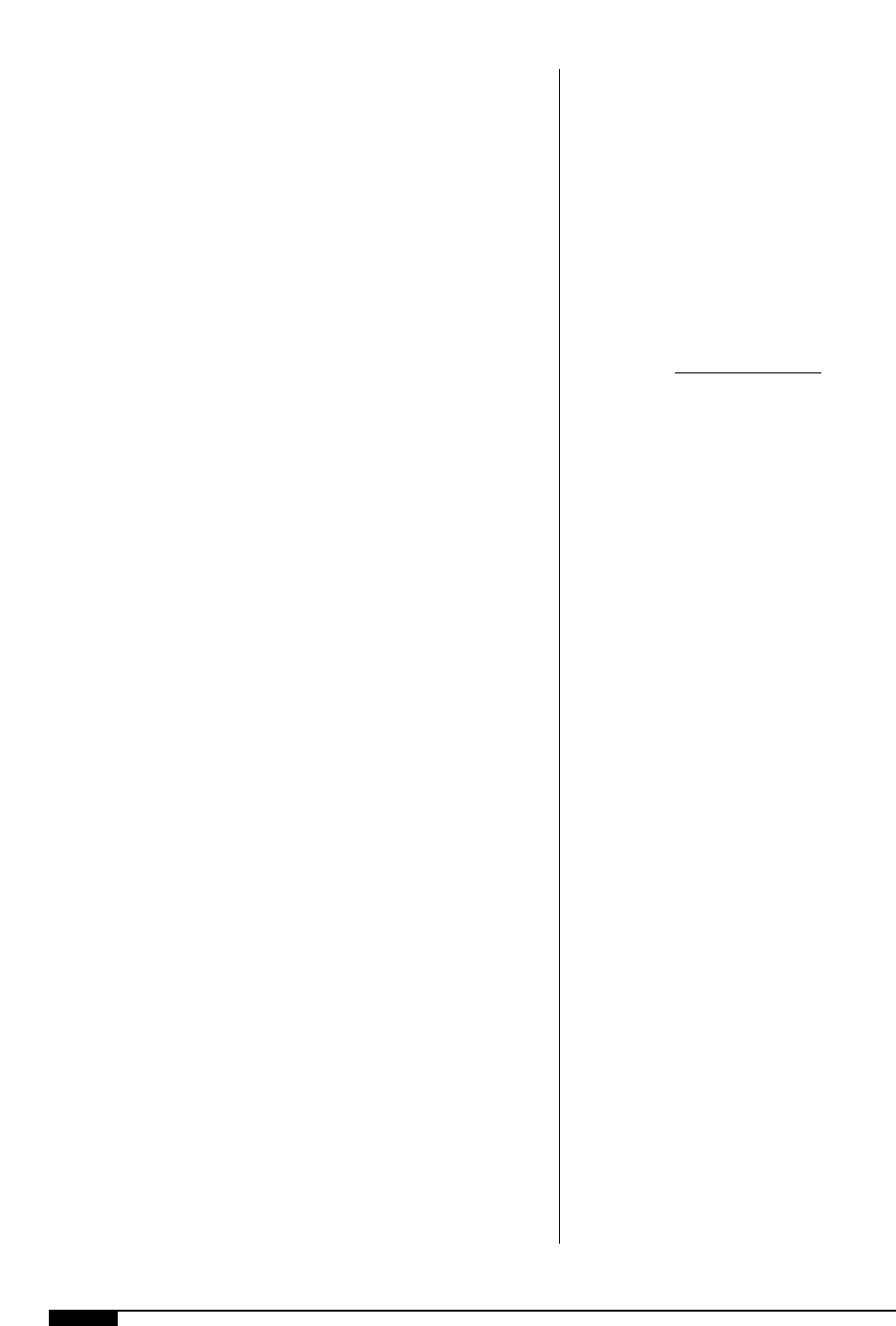
112 FLEXOGRAPHY: PRINCIPLES & PRACTICES
color of the substrate can greatly affect the
appearance of the ink. For example, if the
same red ink were to be printed on a range of
substrates; clear film, white opaque film,
white paper, and brown kraft paper, the color
produced would appear to be quite different
on each of the substrates. This is because
inks are transparent, some more than others.
Therefore, the color under the ink layer will
show through the ink, changing the appear-
ance of the ink.
If inks were not transparent but instead
100% opaque, what substrate was used
would not matter, but these inks could not be
used for process printing. Process printing
relies upon overlap, or trap, of one color over
another to create a very large number of
other colors and shades. The subsequent trap
colors can only be achieved if the inks are
transparent. Process printing is covered in
another volume, but it is important to realize
that with transparent inks, the color of the
substrate under the ink will alter the appear-
ance of that ink
INK-VALUE DETERMINATION
Ink is a significant cost in printing – often
as much as 5% to 10% of the sales dollar. The
value of ink as a decorative and functional
coating is easily measured in terms of speci-
fications, such as spectrophotometric
curves, gloss values and bond strength num-
bers. The cost of actually using the ink in
specific jobs must be predicted and opti-
mized. Exact knowledge of costs gives the
printer a competitive edge because jobs with
a below target profitability can be reviewed
and corrected. Many printers conduct indi-
vidual job costing within individual com-
modities allowing previously averaged vari-
ables, such as ink type and coverage, to be
accounted for in detail.
Knowledge of ink value is often gathered
through a combination of historical data,
laboratory gravimetric techniques, rule-of-
thumb formulas and precise material bal-
ance studies on production runs.
Laboratory Method
This method is extremely accurate in pre-
dicting ink costs for nonabsorbent surfaces.
A proof of the ink being tested is made on an
appropriate stock and ink coating weight is
taken and used in the formula to compute
ink costs.
C 100CW
IC
PS SC
IS
Where:
C = Applied Cost, $/ream
CW = Dry Coating Weight, lbs./ream
IC = Ink Cost, $/lbs.
PS = Press Solvent Added, lbs./ink lbs.
SC = Solvent Cost, $/lbs.
IS = Fresh Ink, % solids content
This method does not predict the costs
caused by fugitive solvent losses. The key to
accuracy in this method is ensuring that the
proofing method, used for coating weight
determination and color specification of the
proof, matches the production print exactly.
Historical Data
A formula can be developed by using data
gathered over time. For example, a rough
estimate of ink consumption can be deter-
mined using this equation:
I R % Coverage 0.02
Where:
I = Weight of fresh ink needed in lbs.
R = Number of reams printed
This formula can be further refined based
on individual factors in specific jobs.
There are several formulas that have been
developed for ink consumption estimation
over the years and proven to work well, such
as:
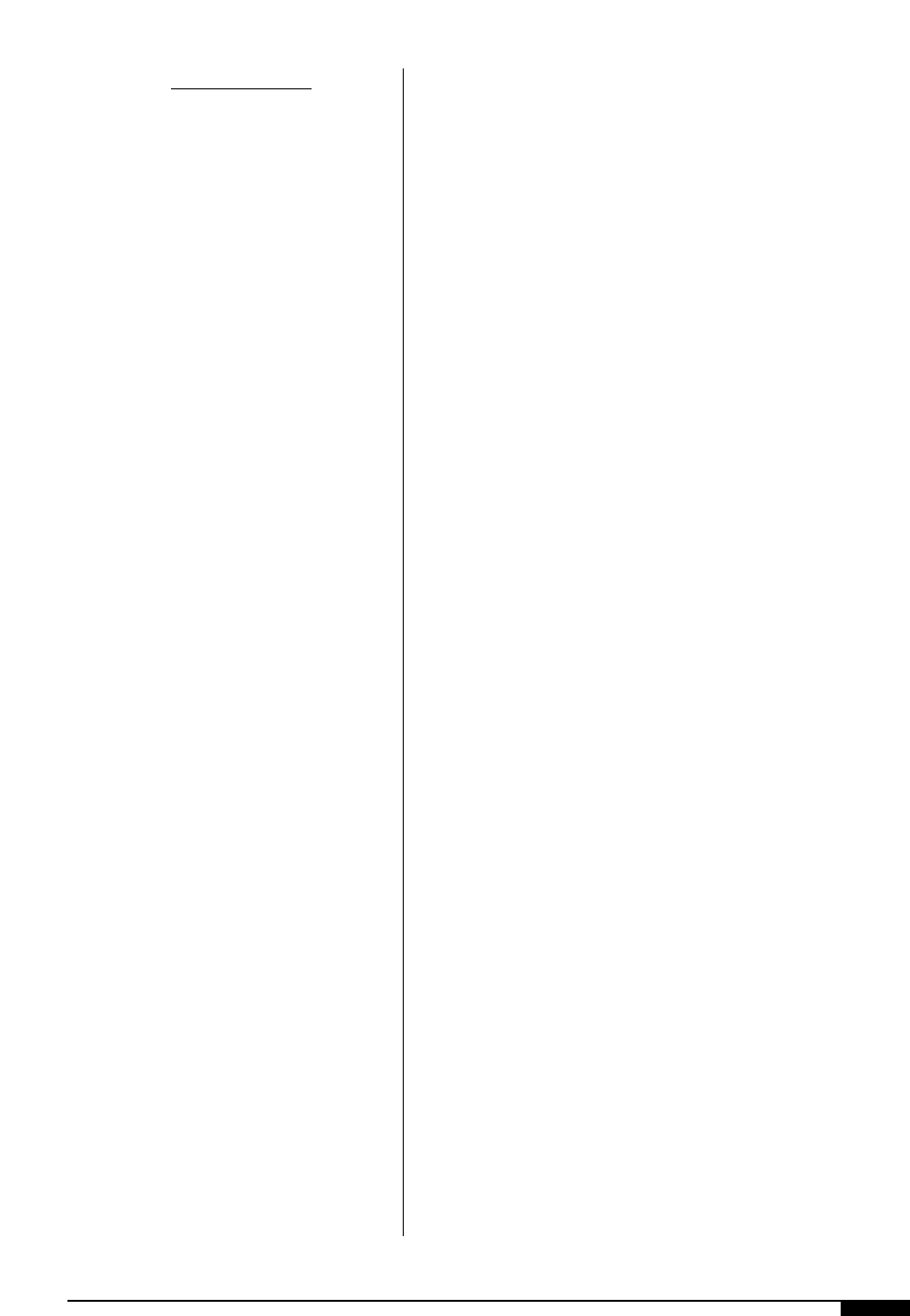
I N A T Sa Sg
250,000 W
Where:
I = Weight of fresh ink needed, lbs.
N = Number of impressions
A = Area of ink coverage per impression
(0 to 1)
T = Average Halftone %
Sa = Substrate absorbency
(film and foil = 1)
(paper and board = 1.5 to 2.0)
Sg = Specific gravity of the ink
W = Waste
Material Balance
The concept of material balance is that all
ink and solvent are weighed in and out of the
press and an exact count of printed impres-
sions is taken. This is potentially the most
accurate method for determining the value of
ink consumption because tests are conduct-
ed under actual conditions. Unless all press
variables are monitored carefully, misleading
data can easily be generated. Many printers
overcome the natural variability of these
processes in mileage tests over extended
periods, allowing the variables to be aver-
aged out over several shifts or days.
APPLICATION VARIABLES
The biggest problem in ink mileage estima-
tion is ink viscosity control. For example, in
a solvent-based ink system, using roll-to-roll
metering, a one second change in viscosity
from 17 to 18 seconds measured using a #2
Zahn cup can reduce the mileage by 25%.
Similarly, an increase in viscosity from 16 to
17 seconds can increase consumption by
50%. Therefore, viscosity control can not be
ignored in a well run pressroom.
Variables in ink coating weight are preva-
lent on two-roll metering systems. It is not
unusual to see variations of 1.2 lbs. to 1.5 lbs.
per ream on white inks throughout a run
using roll-to-roll metering. High pressures in
the ink metering nip may cause variations of
as much as 10% more ink being applied at
the center of the web compared to the edge.
On ink-metering systems with doctor
blades, extra cost is incurred when extender
is constantly added to the ink to achieve
color. A better cost strategy would be to
install anilox rolls with lower specific vol-
umes, printing a thinner ink film, thus elimi-
nating the use of extender.
As a result of ink penetrating the substrate
during drying, paper consumes more ink
than film. Variations in paper absorbency
cause variations in ink consumption.
Value Enhancement
Having considered how ink mileage can be
increased and some of the variables that
occur, we can conclude that ink consump-
tion can be optimized in various ways.
The printer may be able to detect a visual
color difference on a job that equates to a
10% variation in coating weight of an opaque
pigment ink. In transparent colors the coat-
ing weight may vary by 50% before being
visually detected. The eye alone is not always
the best instrument to use in a cost abate-
ment program. Reflectance values, measured
by instruments, are by far the most reliable
source of control data.
In film printing, because white ink often
represents perhaps 50% of total ink con-
sumption, an investment in the controls
could pay dividends, especially when the
amount of overuse is isolated. Most opera-
tors ‘play it safe’ and run the white ink with
excess ink film or at the upper limit of the
opacity specification. For example, an opac-
ity specification of 53% to 56% covers a range
that is barely visibly discernable, but print-
ing at 66% opacity will increase ink con-
sumption by 50%. To control ink consump-
tion, lead-to-lead blocking and lower solvent
retention, the limits of opacity need to be
maintained by the use of an opacimeter or a
INK 113
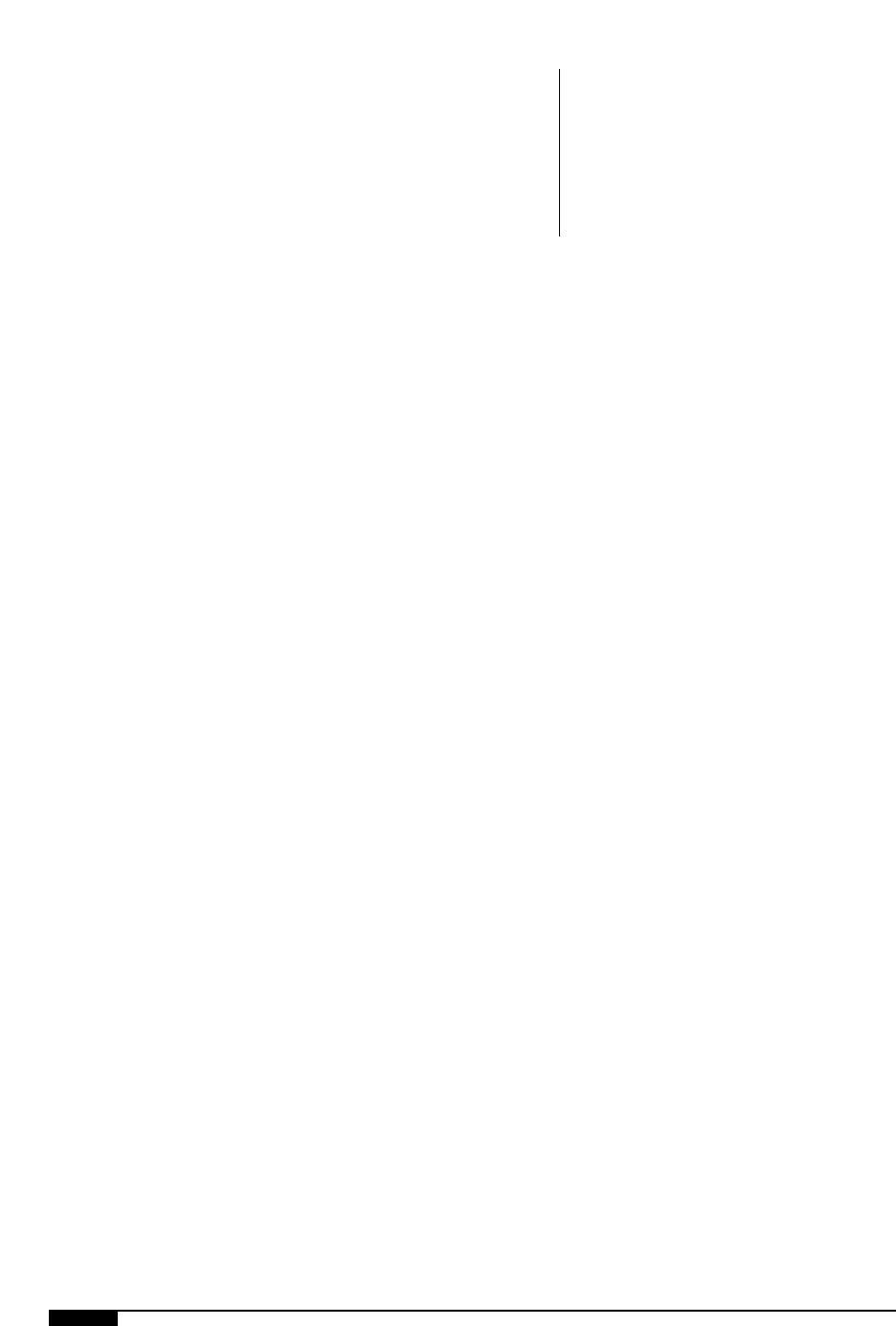
114 FLEXOGRAPHY: PRINCIPLES & PRACTICES
coating weight determination.
Color matches should be figured using
applied cost and not cost per pound of ink.
Establishing the applied cost may take more
time but the payback will be seen rapidly.
Typically, colors matched or re-matched for
low cost are those used on high coverage or
high volume items, therefore the greatest
cost saving impact is seen.
When purchasing inks, the best value is in
high-strength inks. These are highly pig-
mented and, while the cost per pound is
higher than conventional inks, this can be
more than offset by increased mileage.
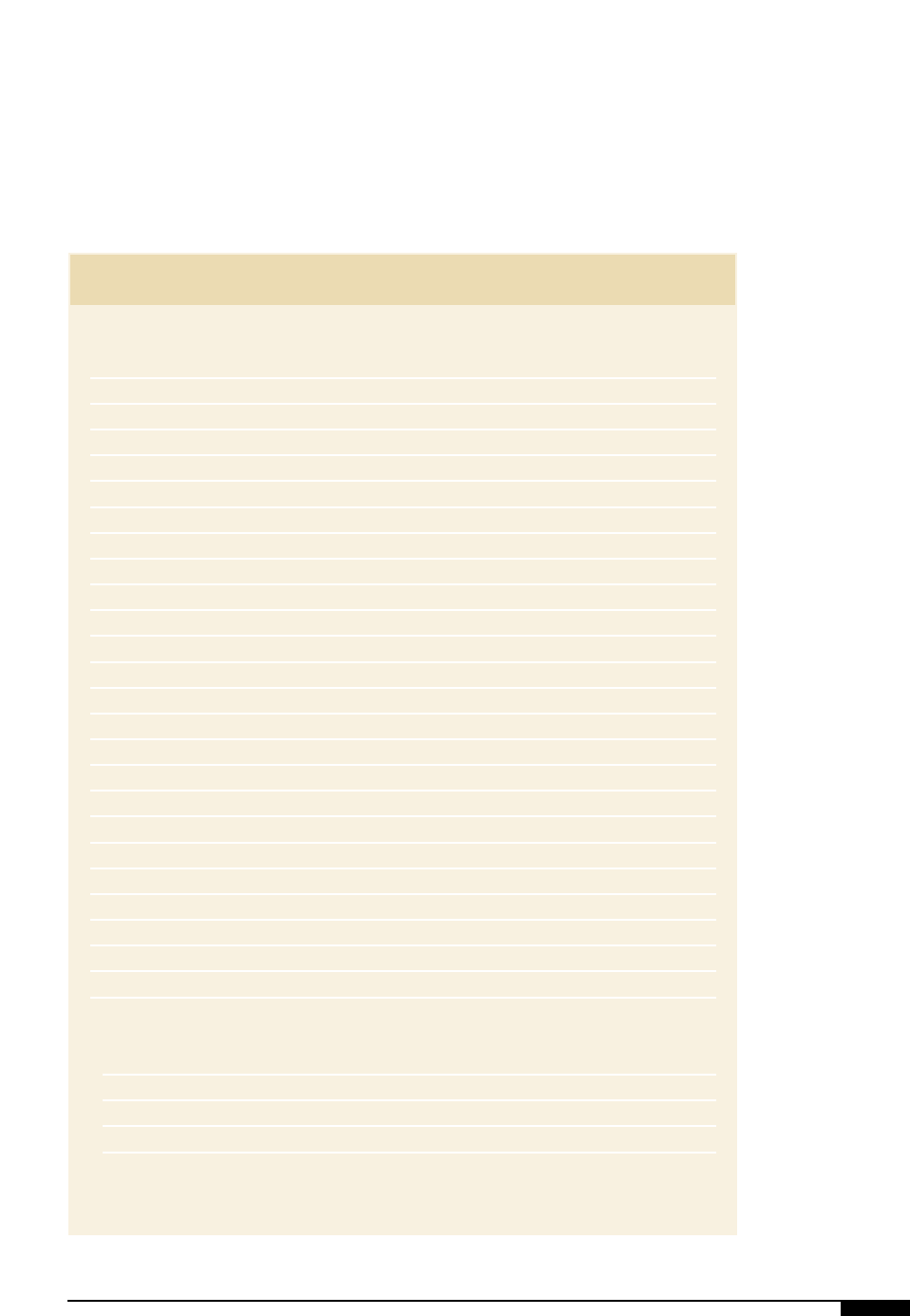
INK 115
Appendix A
LINE SCREEN LOW OPTIMUM HIGH
(PER INCH) (BCM) (BCM) (BCM)
120 11.10 12.60 13.50
140 9.00 10.50 12.00
165 7.00 8.50 10.00
180 6.00 7.50 9.00
200 5.50 6.80 8.10
220 5.10 6.30 7.60
240 4.80 6.00 7.30
250 4.70 5.80 7.00
260 4.60 5.70 6.70
280 4.40 5.20 6.10
300 4.10 4.80 5.60
330 3.90 4.60 5.30
360 3.60 4.30 5.00
400 3.00 3.70 4.40
440 2.90 3.40 4.00
500 2.80 3.20 3.70
550 2.60 3.00 3.50
600 2.10 2.50 3.00
660 1.90 2.30 2.80
700 1.80 2.20 2.60
800 1.50 1.80 2.10
900 1.20 1.45 1.70
1000 1.10 1.25 1.40
1200 0.90 0.95 1.00
SUGGESTED USE:
Heavy Lines and Solids 120–330 lpi
Line and Type 200–400 lpi
Vignettes 360–550 lpi
Process 500–1200 lpi
* Reprinted with permission from Harper. Based on interferometric measurements.
Specific values may differ with different measurement techniques.
ANILOX CELL VOLUMES*
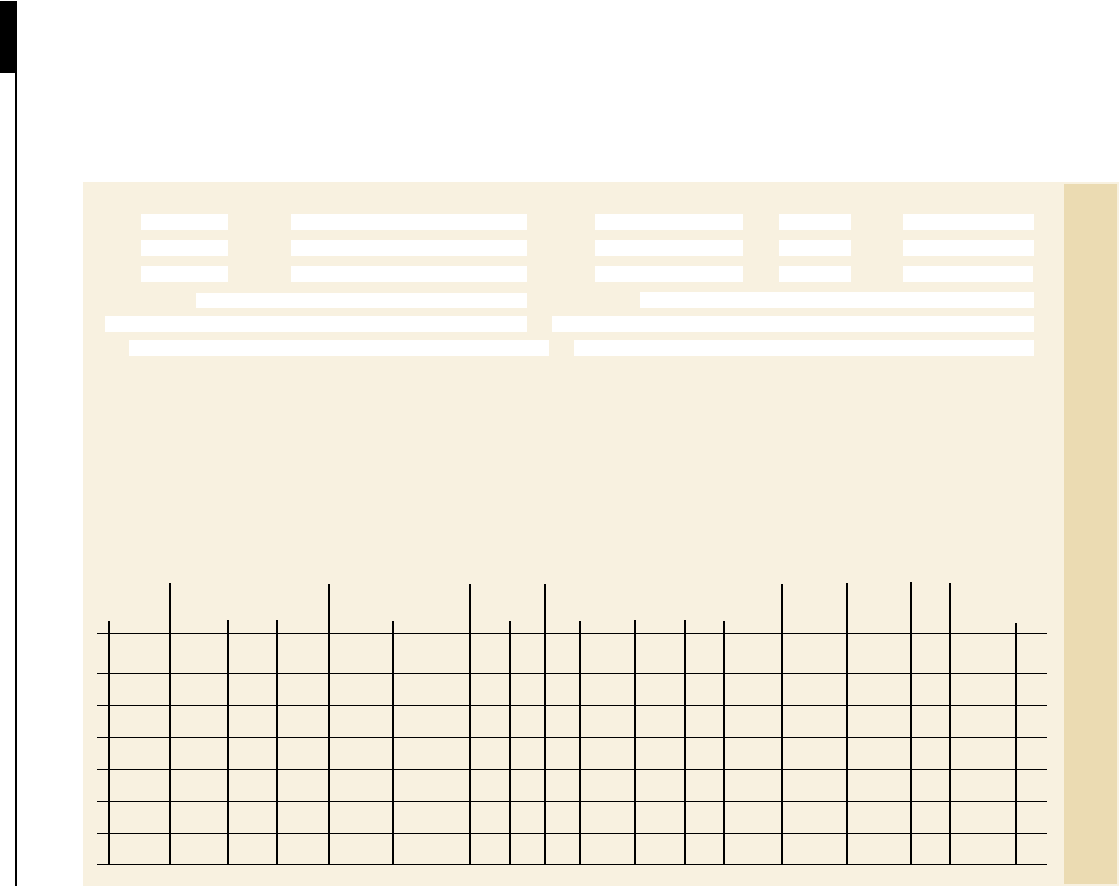
116 FLEXOGRAPHY: PRINCIPLES & PRACTICES
PRESS LOG BOOK
Date Customer Personnel Title Job #
Start Location
Finish
Job Description Total Construction
To
Job Tot
SUBSTRATE
_________
MANUFACTURER
________
CODE
___________
DESCRIPTION
________
WETTING TENSION
_______
PRINT SURFACE
_____
DYNES/CM
TOTAL QUANTITY PRINTED
_____
PRESS NUMBER
________
MANUFACTURER
________
TYPE
___________
NUMBER COLORS
_______
NORMAL SPEED
________
TRIAL SPEED
_________
WEB WIDTH
_________
CI DRUM TEMP
________
DRYER B/C SETTING
_
READING
_
O/H1 SETTING
_
READING
_
O/H2 SETTING
_
READING
_
CHILL ROLL TEMP. 1ST
_
2ND
_
WEB TEMP TEMP.
_
% HUMIDITY
_
CONDITIONS
PRESSROOM
________
OUTDOOR
_________
DECK INK REDUCER FOUNTAIN ANILOX FLAT
COMPO- LBS/100LBS VISC. COND- RUBBER NIP BLADE COMP #
COLOR # MFG. BATCH SITION VIRGIN INK (CUP) TEMP. LINE MFG. TOOL ITION VOLUME ROLL/HARD PRRESSURE TYPE
1
2
3
4
5
6
Appendix B
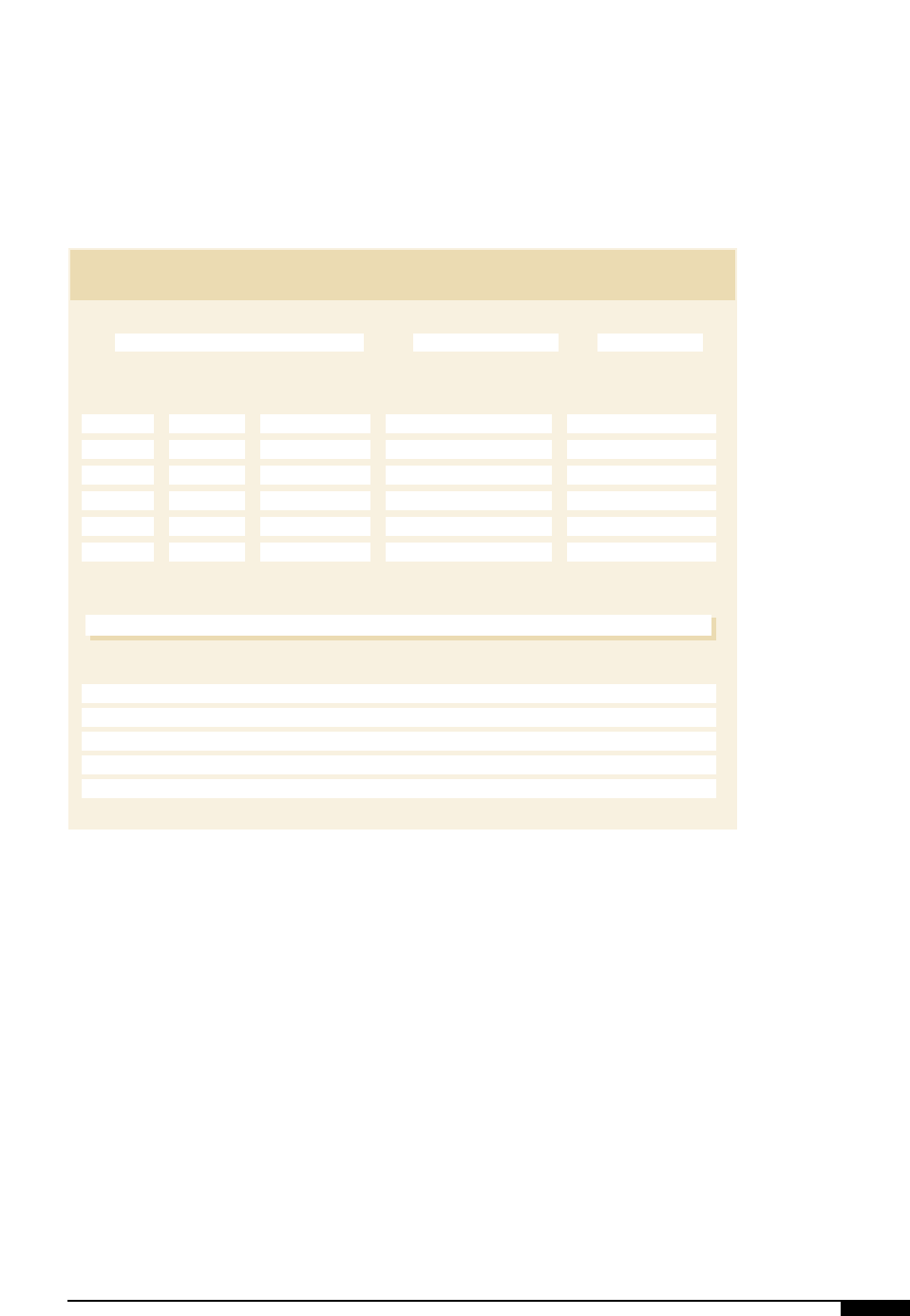
INK 117
JOB PRESS DATE
INK INK ID# ANILOX CELL COUNT CELL VOL (BCM)
STATION 1
STATION 2
STATION 3
STATION 4
STATION 5
STATION 6
DENSITY BAR
SPECIAL INFORMATION
PRESS INK RECORD
Appendix C
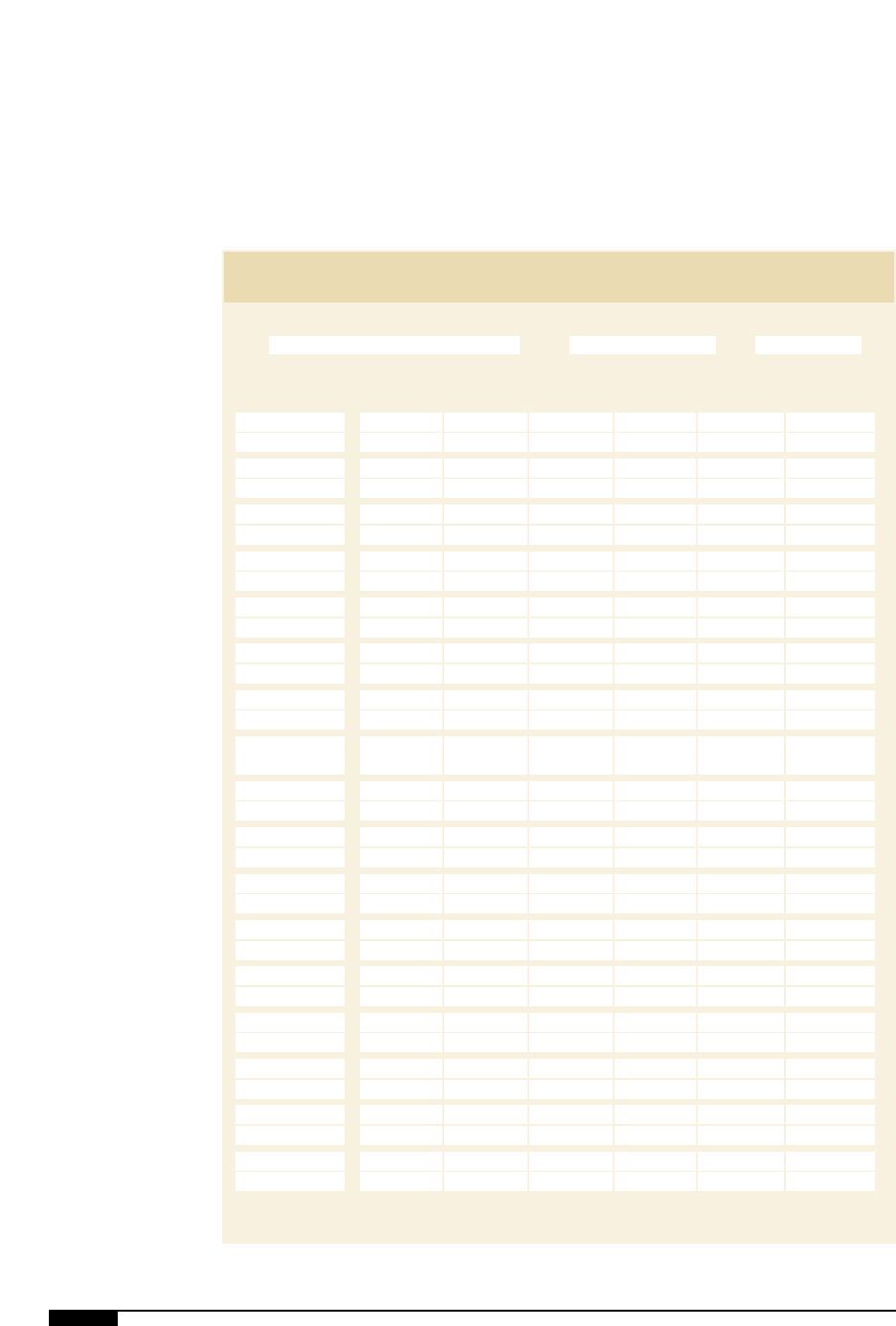
118 FLEXOGRAPHY: PRINCIPLES & PRACTICES
JOB PRESS DATE
STATION 1 STATION 2 STATION 3 STATION 4 STATION 5 STATION 6
TIME
pH/VISCOSITY
TIME
pH/VISCOSITY
TIME
pH/VISCOSITY
TIME
pH/VISCOSITY
TIME
pH/VISCOSITY
TIME
pH/VISCOSITY
TIME
pH/VISCOSITY
TIME
pH/VISCOSITY
TIME
pH/VISCOSITY
TIME
pH/VISCOSITY
TIME
pH/VISCOSITY
TIME
pH/VISCOSITY
TIME
pH/VISCOSITY
TIME
pH/VISCOSITY
TIME
pH/VISCOSITY
TIME
pH/VISCOSITY
TIME
pH/VISCOSITY
pH/VISCOSITY RECORD
Appendix D
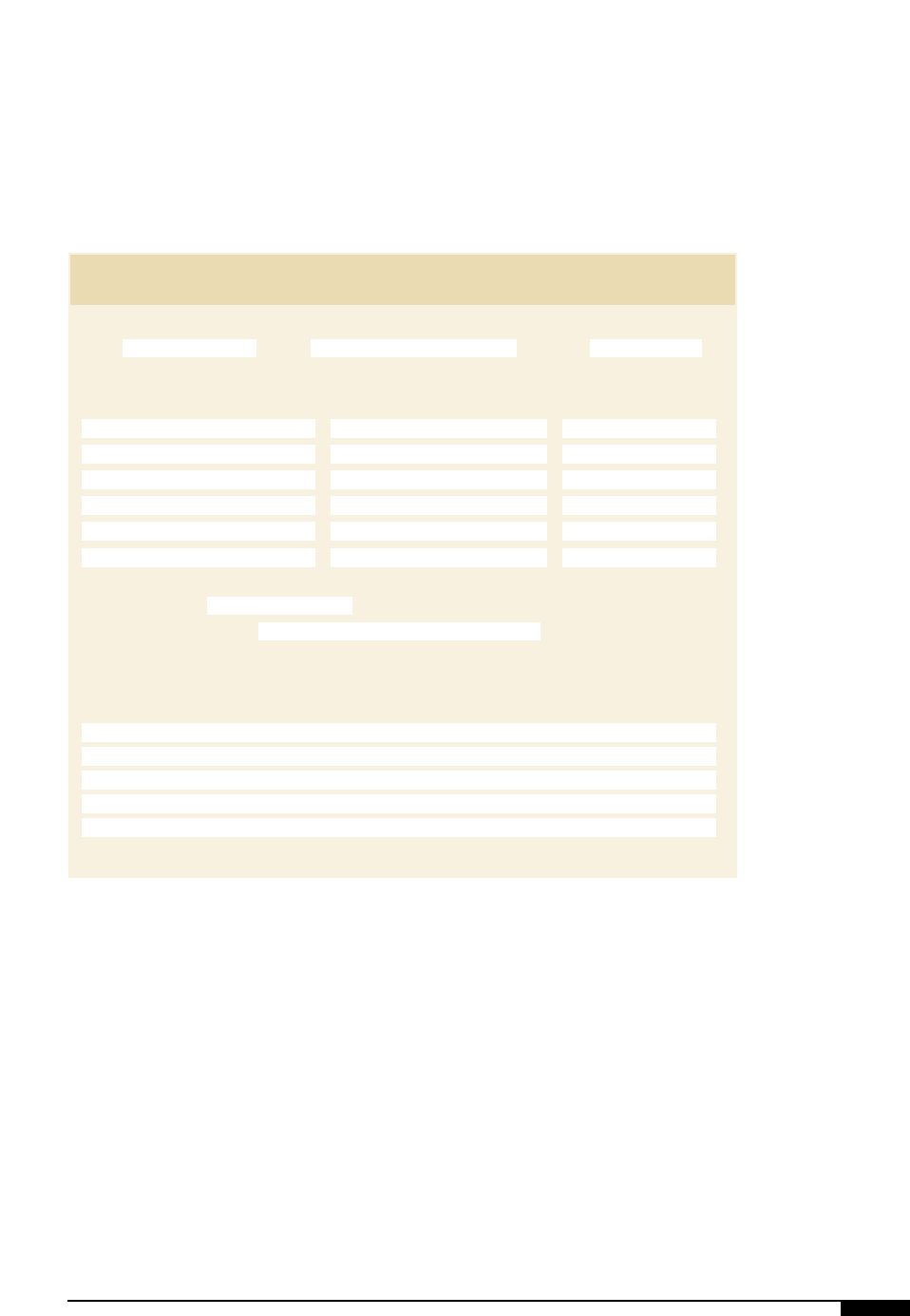
INK 119
DATE COLOR MIXED BY
BASE COLOR BATCH # QUANTITY
UNIT OF MEASURE
BATCH NUMBER ASSIGNED
(Must be on label)
COMMENTS
MIXED INK AND BATCH ASSIGNMENT LOG
Appendix E
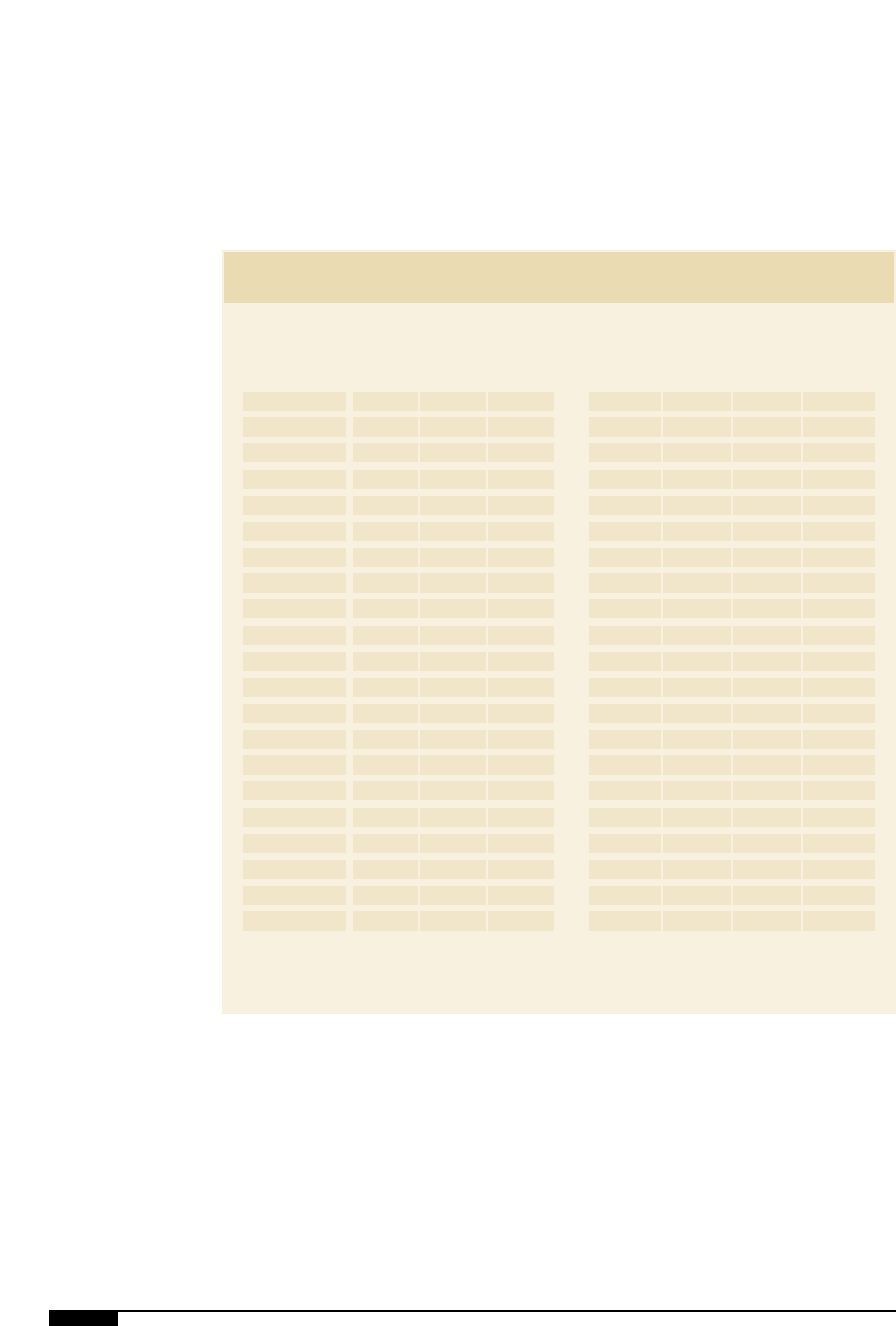
120 FLEXOGRAPHY: PRINCIPLES & PRACTICES
NUMBERS FOR ZAHN AND SHELL CUPS ARE IN SECONDS
ZAHN SHELL
CENTIPOSE #1 #2 #3 #1 #2 #3 #4
117
221
326
535
831 4618
10 32 57 22
15 35 30
20 38 18 39
25 42 19 47 19
30 45 20 56 22
40 52 22 29
50 60 25 35
60 68 28 42 18
70 30 48 21
80 34 55 24
90 38 27
100 43 17 30
125 53 19 37
150 63 22 45
175 72 25 52
200 27 60
CAUTION: These numbers are guides only. Actual comparisons will differ.
VISCOSITY CONVERSION GUIDE
Appendix F

